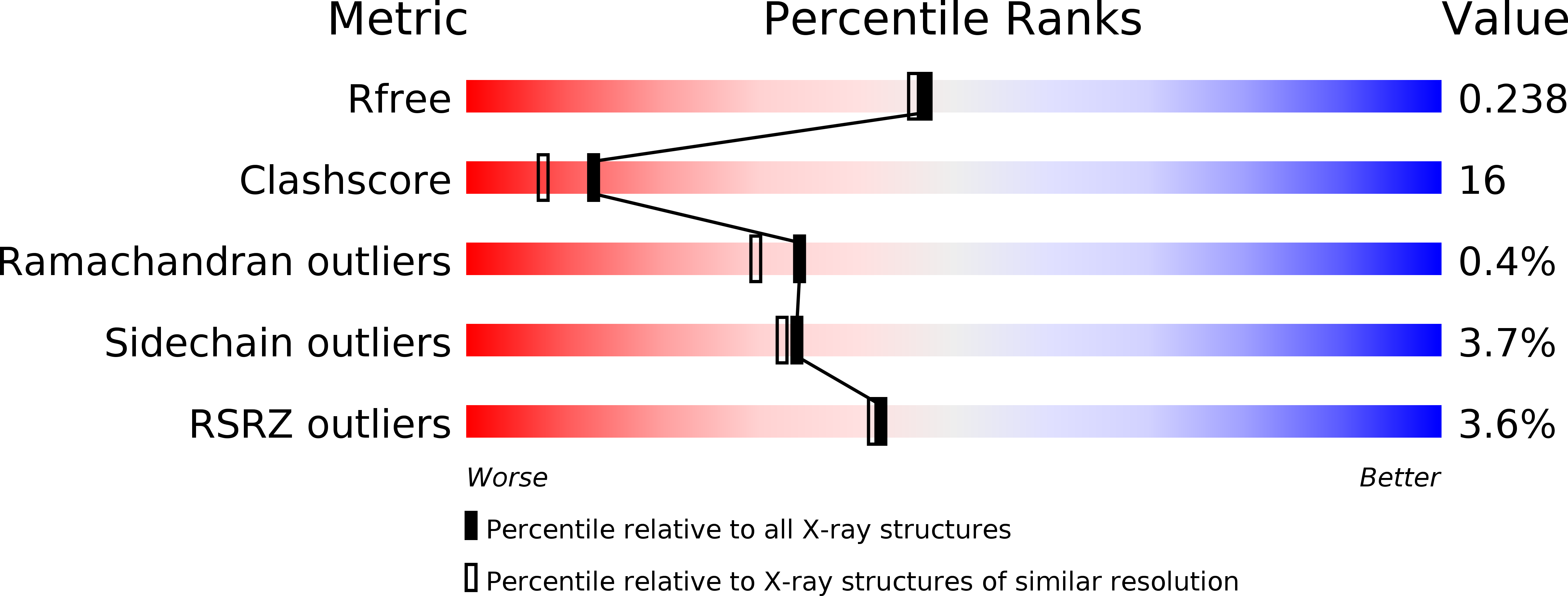
Deposition Date
2005-02-26
Release Date
2006-05-16
Last Version Date
2023-10-25
Entry Detail
PDB ID:
1YZ1
Keywords:
Title:
Crystal structure of human translationally controlled tumour associated protein
Biological Source:
Source Organism:
Homo sapiens (Taxon ID: 9606)
Host Organism:
Method Details:
Experimental Method:
Resolution:
2.00 Å
R-Value Free:
0.23
R-Value Work:
0.19
R-Value Observed:
0.19
Space Group:
P 1 21 1


